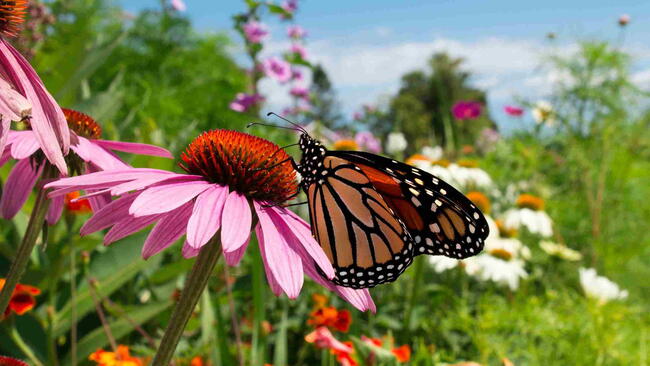
Planting, Growing, and Caring for Moonflower Vines
Read Next
Gardening Products
More Like This
Hi Alex,
While the arrival of flowers can be a tad late, especially for some varieties of morning glories, it is not cause for alarm. Both are known to bloom from summer to fall, some of varieties of moonflowers and morning glories won't begin blooming until late summer and last well into the fall. It sounds like the foliage is doing well and the blooms just might be slightly delayed. If you were on top of keeping your plants watered, the heat wave likely didn't affect your plant's ability to produce blooms.
One thing to consider is that morning glories do well in poor soil, so if you have fertilized the area they were planted in you might be seeing the results of too many available nutrients, which means more foliage at the expense of flowers.
Hope this helps!












Comments